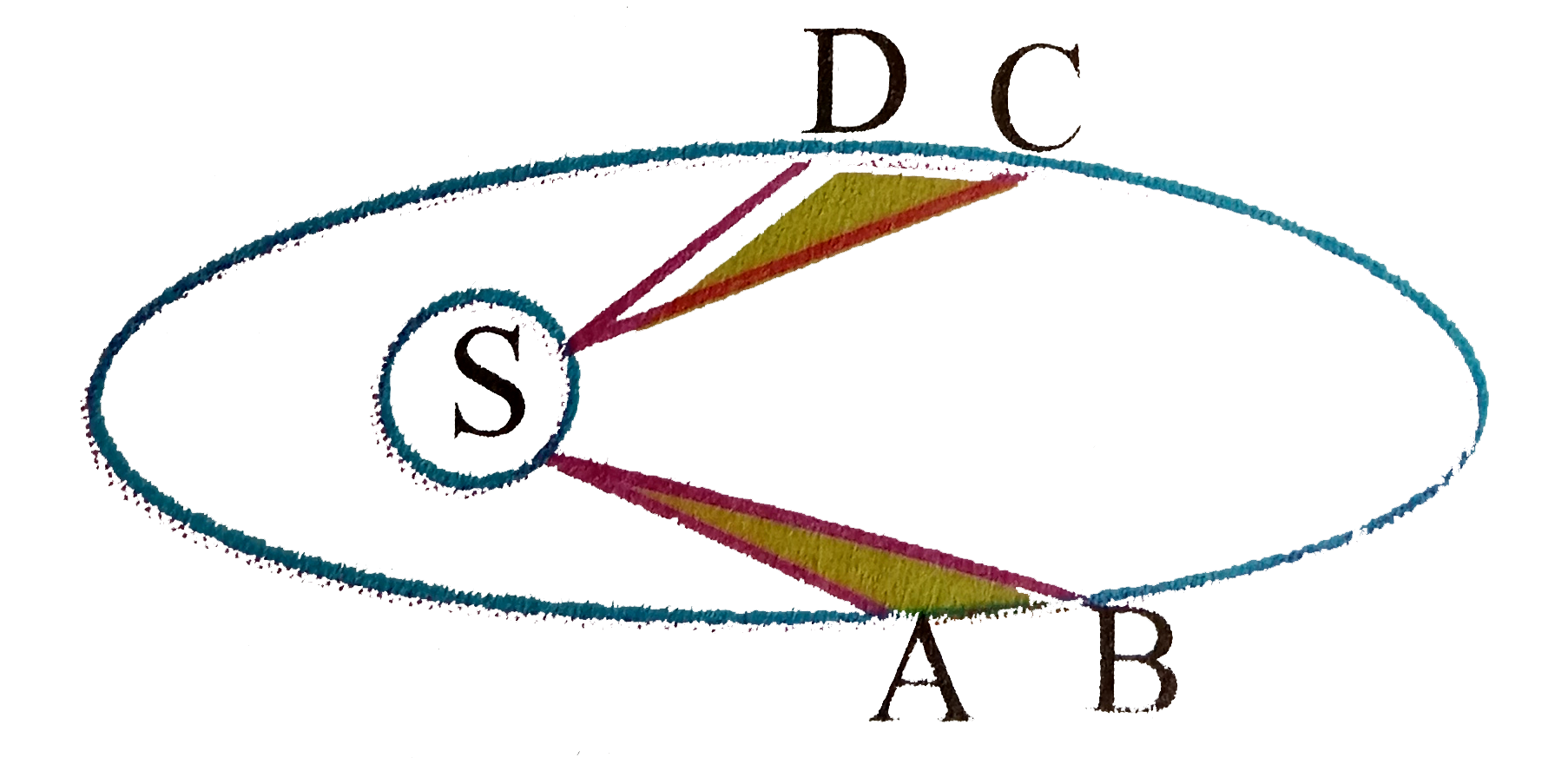The orbit of Pluto is much more eccentric than the orbits of the other planets. That is, instead of being nearly circular, the orbit is noticeably elliptical. The point in the orbit nearest to the sun is called the perihelion and the point farthest from the sun is called the aphelion.

At perihelion, the gravitational potential energy of Pluto in its orbit has
its maximum value
its minimum value
the same value as at every other point in the orbit
value which depends on sense of rotation
Step by step video & image solution for The orbit of Pluto is much more eccentric than the orbits of the other planets. That is, instead of being nearly circular, the orbit is noticeably elliptical. The point in the orbit nearest to the sun is called the perihelion and the point farthest from the sun is called the aphelion. At perihelion, the gravitational potential energy of Pluto in its orbit has by Physics experts to help you in doubts & scoring excellent marks in Class 12 exams.
Updated on:21/07/2023Topper's Solved these Questions
Similar Questions
The orbit of Pluto is much more eccentric than the orbits of the other planets. That is, instead of being nearly circular, the orbit is noticeably elliptical. The point in the orbit nearest to the sun is called the perihelion and the point farthest from the sun is called the aphelion.

At perihelion, the mechanical energy of Pluto’s orbit has
View SolutionThe orbit of Pluto is much more eccentric than the orbits of the other planets. That is, instead of being nearly circular, the orbit is noticeably elliptical. The point in the orbit nearest to the sun is called the perihelion and the point farthest from the sun is called the aphelion.

As Pluto moves from the perihelion to the aphelion, the work done by gravitational pull of Sun on Pluto is
View Solution
Knowledge Check
The orbit of Pluto is much more eccentric than the orbits of the other planets. That is, instead of being nearly circular, the orbit is noticeably elliptical. The point in the orbit nearest to the Sun is called the perihelion and the point farthest from the Sun is called the aphelion.

At perihelion, the mechanical energy of Pluto's orbit hasAits maximum valueBits minimum valueCthe same value at every other point in the orbitDthe value which depends on the sense of rotationThe orbit of Pluto is much more eccentric than the orbits of the other planets. That is, instead of being nearly circular, the orbit is noticeably elliptical. The point in the orbit nearest to the Sun is called the perihelion and the point farthest from the Sun is called the aphelion.

As Pluto moves from the perihelion to the aphelion, the work done by gravitational pull of Sun on Pluto isAis zeroBis positiveCis negativeDdepends on sence of rotationA planet moving in a circular orbit around the sun at a distance, 4times theaverage distance of the earth from the sun will complete one revolution in
A8 yearsB4 yearsC16 yearsD1/4 years
A planet is revolving in an elliptical orbit around the sun. Its closest distance from the sun is r and the farthest distance is R. If the velocity of the planet nearest to the sun be v and that farthest away from the sun be V. then v/V is
View SolutionWhat is called the minimum distance from the Sun in a planet in its orbit?
View SolutionAll planets move in elliptical orbits with the sun situtated at one of the forci of the ellipse the point at wihich the planet is closest to the sun is
View SolutionConsider a planet moving in an elliptical orbit around the Sun. The work done on the planet by the gravitational force of the Sun
View SolutionThe motion of a planet around sun in an elliptical orbit is shown in the following figure. Sun is situated at one focus. The shaded areas are equal. If the planet takes time t1 and l2 in moving from A to B and from C to D respectively, then

View Solution

